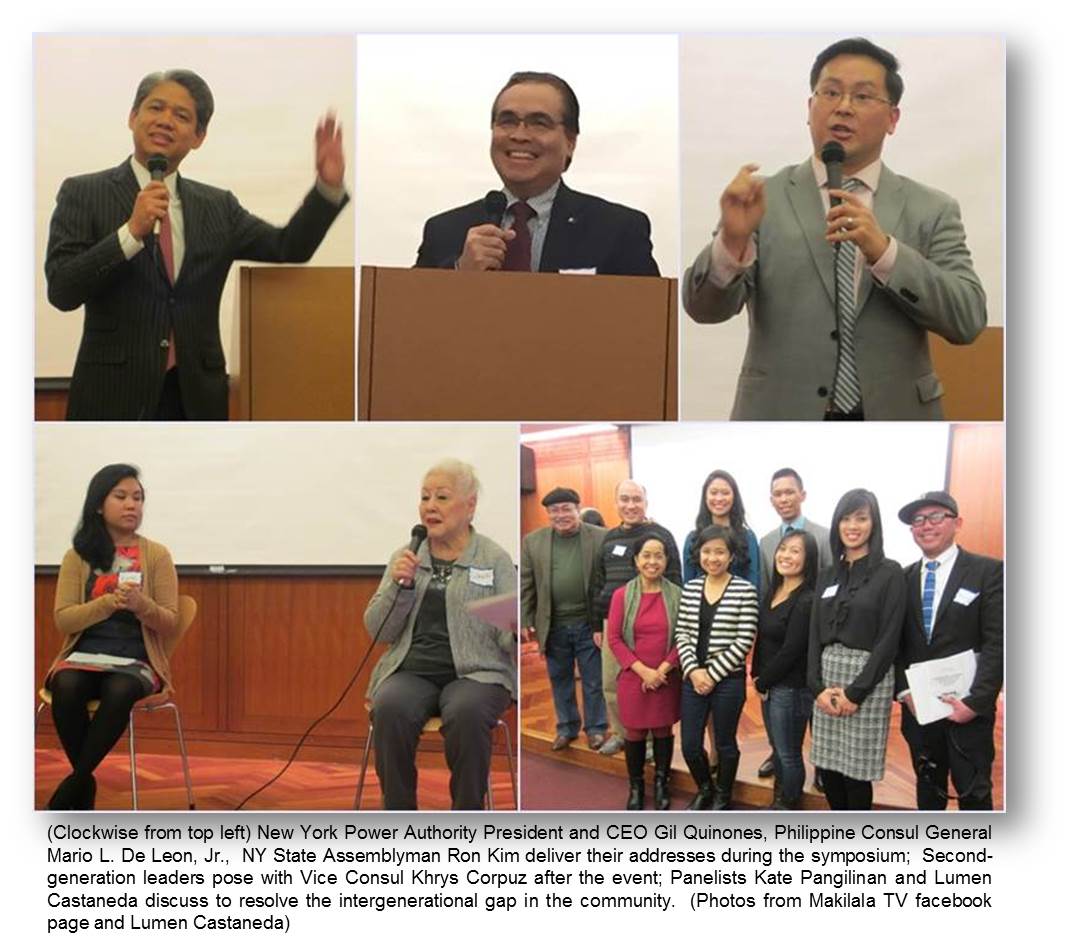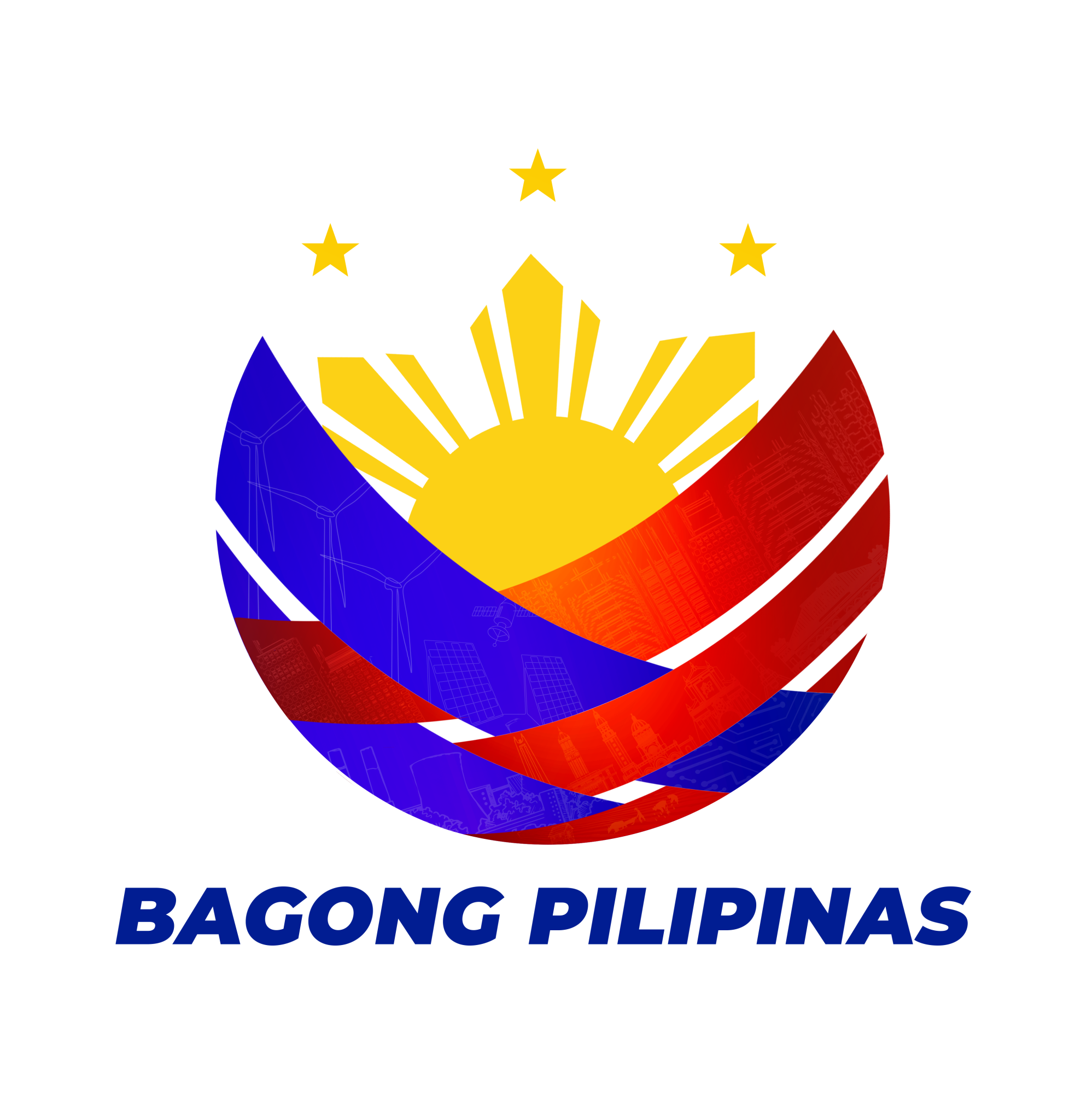
06 February 2015 – The National Federation of Filipino American Associations (NaFFAA) led a discussion among organization leaders, Filipino-American local government officials, youth and senior community members on the current state of affairs and the future prospects of the Filipino community in the United States (US) at a symposium last January 31 at the NYU Palladium in New York City.
In his remarks that prefaced the dialogue, Philippine Consul General Mario L. De Leon, Jr. acknowledged the positive move that NaFFAA initiates to find ways to solicit the commitment of all sectors of the community in pursuing the objectives of the general Filipino-American population. He cited the rising image of Filipino-Americans in the US – in number (Filipinos are now the second-largest Asian ethnicity in the US), status (leadership roles are being held by more and more Filipinos in every sector) and dynamism (young Filipinos are breaking out in their participation in the community and the society) and urged the audience to take full advantage of these trends to further elevate the profile of the Filipinos in the US. He also underscored the importance of ensuring sustainability of community organizations – many of which have been around for more than 30 years – by welcoming the increasing participation of the emerging generation in the community and empowering them with leadership roles. This way, he adds, the community can “gain the respect and cooperation of your second home, the US.”
New York Power Authority President and CEO Gil Quiniones, who also represents the Asian-American Community in New York State for Governor Cuomo, echoed the Consul General’s sentiments and adds that Filipinos should learn how to navigate the system in the US. He urged the Filipinos to leverage on their number in electing more kababayans in influential positions in American politics to have a stronger voice in advancing their interests.
On the discussion about availability of Filipino community spaces and centers, PAGASA Senior Association Representative Myrna Santos expressed concerns on maintaining their office in New Jersey because of rising expenses, while Mr. Quiniones suggested a shared-space arrangement with other communities to foster cooperation and at the same time realize savings for the organizations.
NaFFAA-Pennsylvania member Ernie Gange presented Amerasian Photo Project Creator Enrico Dungca to talk about his photo collection that chronicles the plight of children born to Filipino mothers fathered by American servicemen assigned in former US military bases in the Philippines. Gange encouraged the audience to help them in lobbying for the tens of thousands of Filipino Amerasians the opportunity to reunite with their American fathers and their fatherland.
The generational gap between the first-generation leaders and young professionals and youth leaders was discussed next, and panelist Lumen Castaneda, who is also the founding President of the United Federation of Fil-Am Educators (UNIFFIED), stated that she finds it does not exist, at least in the organizations she leads. She mentioned the efforts she exerted in including the young members in the projects and roles during her Presidency in AFTA and her current role in UNIFFIED. Young professional Kate Pangilinan related the difficulties of the engaging the second-gens in community-building. According to her, one major roadblock is the issue of burnout. She cited the academic and co-curricular activities and distractions that the youth have to juggle with that faze the students in their responsibilities with the community. In the end, the panel facilitated by Makilala host Rachelle Ocampo resolved that the younger generation should be given more influential roles and be empowered with decision making capabilities to hearten them to get more involved in the community organizations.
UniPro Director Ryan Natividad presented “By the Numbers” to demonstrate the strength of the Filipino population in New York in numbers and statistics and how much this force can be used in local policy making and advocacies.
The audience was educated and enlightened on lobbying, relationship-building with the local government and making use of non-profit groups for advocacies and issues that the community want to push for, on a panel participated in by Cheska Tolentino, Government Affairs Manager at the Transport Workers Union, Brooklyn Community Board; Chris Widelo, Associate State Director at AARP; and Brooke Richie-Babbage, Founder of Resilience Advocacy Project.
To provide an overview of future plans of NaFFAA for the community, NaFFAA National Board Member Merit Salud and NaFFAA State Chair Steve Raga outlined their priority projects for the year including two initiatives focusing on highlighting Jose Rizal’s legacy in New York.
NY State Assemblyman Ron Kim expressed his solidarity with the Filipino community as an Asian-American in his closing address, saying that being a minority, he empathizes with the Filipino-Americans and encouraged leaders to work together with the State to further their interests and pursue the community’s goals.
Since 1997, the National Federation of Filipino American Associations (NaFFAA) has been the standard bearer for promoting the welfare and well-being of all Filipinos and Filipino-Americans throughout the United States. As a non-partisan and non-profit organization, NaFFAA is the largest national affiliation of Filipino-American institutions, umbrella organizations and individuals. Its thirteen-member regions cover the continental United States, Alaska, Hawaii, Guam, the Marianas Islands, and American Samoa. END

